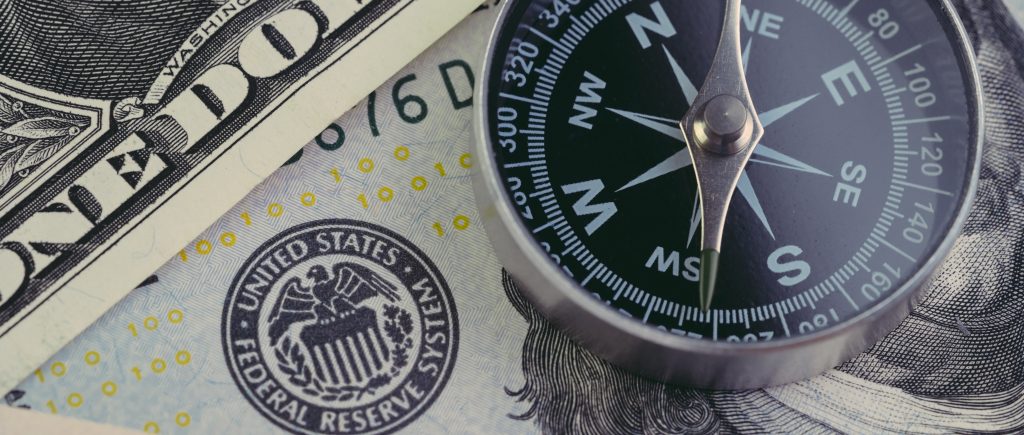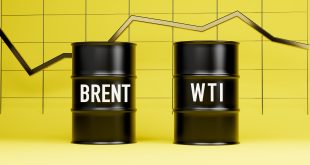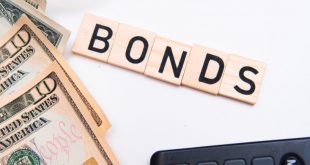According to Fed Chair Jerome Powell, the Fed is ready to take more drastic action if the “totality” of incoming data shows that more stringent policies are needed to manage inflation. In response to recent good statistics, the Federal Reserve will probably need to increase interest rates more than expected.
“The latest economic data have come in stronger than expected, which suggests that the ultimate level of interest rates is likely to be higher than previously anticipated,” the US central bank governor said in his semi-annual testimony before the Senate Banking Committee.
While some of that unexpected economic strength may have been due to warm weather and other seasonal effects, Powell said it may also be a sign the Fed needs to do more to temper inflation, perhaps even returning to larger rate increases than the quarter-percentage-point steps officials had been intending to use going forward.
Even though the warm weather and other seasonal factors may have contributed to some of that unexpected economic strength, Powell said it may also be a sign that the Fed needs to take additional steps to control inflation, possibly even switching back to larger rate increases than the quarter-percentage-point increments that officials had planned to use moving forward.
The remarks—first Powell’s since the surprise rise in inflation in January—represented a sober admission that the “disinflationary process” he repeatedly referenced in a press conference on February 1 was not proceeding as planned.
With regard to whether the Fed was correctly identifying the inflation problem and whether pricing pressures could be subdued without significantly harming economic growth and the job market, senators answered with a broad range of queries and strong criticism.
Democrats on the committee concentrated on the potential link between high corporate profits and ongoing inflation, with Massachusetts Senator Elizabeth Warren accusing the Fed of “gambling with people’s lives” by raising rates. According to the central bank’s most recent projections, this would result in an increase in the unemployment rate of more than a percentage point, a loss historically associated with economic recessions.
Powell’s remarks, virtually assuring that Fed officials will project a higher endpoint for the central bank’s benchmark overnight interest rate at the upcoming March 21-22 meeting, sparked a quick repricing in bond markets as investors boosted bets that the Fed would approve a half-percentage-point rate hike when they meet in two weeks.
The Fed’s policy rate is currently in the 4.50%-4.75% range. As of December, officials saw that rate rising to a peak of around 5.1%, a level investors expect may move at least half a percentage point higher now.
Equity markets added to initial losses and ended the day sharply lower, with the S&P 500 (.SPX) index dropping more than 1.5%. The U.S. dollar also rose, and yields on the 2-year Treasury climbed above 5% – the highest since 2007.
The March 10 release of the Labour Department’s jobs report for February and an inflation report next week were cited by Powell as important in shaping what the Fed does at its next meeting. Powell will testify again on Wednesday before the U.S. House of Representatives Financial Services Committee.
In his testimony, Powell noted that much of the impact of the central bank’s monetary policy may still be in the pipeline, with the labour market still sustaining a 3.4% unemployment rate not seen since 1969, and strong wage gains.
While Powell said he thought the Fed’s 2% inflation target could still be met without dealing a major blow to the U.S. labour market, he acknowledged on Tuesday that “there will very likely be some softening in labour market conditions.”

 Noor Trends News, Technical Analysis, Educational Tools and Recommendations
Noor Trends News, Technical Analysis, Educational Tools and Recommendations




